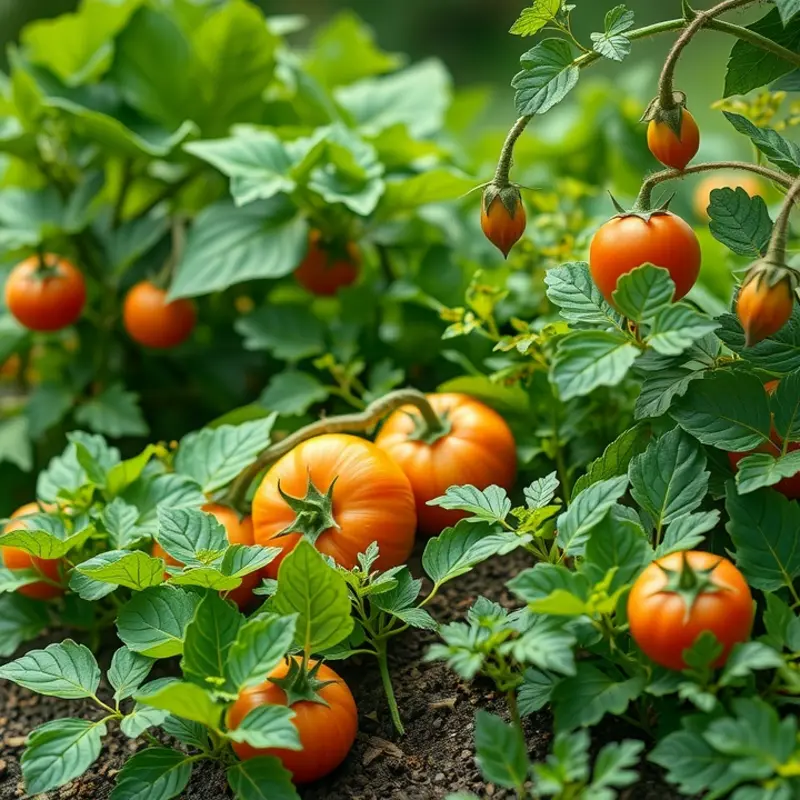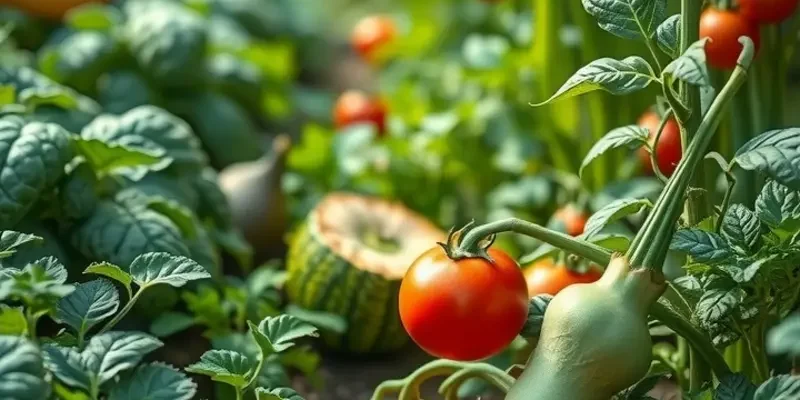Proper dry food storage techniques not only extend the lifespan of groceries but also significantly reduce food waste. Many people want to manage their food responsibly at home, and understanding how to store dry goods effectively is a crucial step. This guide provides practical tips to create an efficient storage system for your dry foods, ensuring they remain fresh and accessible while contributing to a sustainable kitchen environment.
Choosing the Right Containers

Selecting the right containers is crucial for maintaining the freshness of dry foods and minimizing waste. The market offers a wide variety of options, including plastic, glass, and metal containers, each with its own set of benefits and drawbacks.
Plastic Containers
Plastic containers are lightweight and versatile, making them a popular choice for dry food storage. They tend to be less expensive than other options and come in various shapes and sizes to accommodate different storage needs. However, not all plastics are created equal. It’s essential to choose food-grade, BPA-free plastic to ensure safety and avoid chemical leaching. A potential downside of plastic is its susceptibility to scratches which can harbor bacteria, and it may not be as durable as glass or metal options over time.
Glass Containers
Glass containers are excellent for efficient food management due to their transparency, allowing you to see the contents instantly. They are non-porous and impermeable, making them ideal for preserving flavor and preventing odors from transferring. Additionally, glass is durable and can last for years if handled with care. On the downside, glass containers are usually heavier and more fragile than plastic or metal, which could be a consideration for households with young children. For those looking for eco-smart kitchen storage, glass is a recyclable choice, providing a sustainable option for the environmentally conscious.
Metal Containers
Metal containers, often made from stainless steel, are another robust option. They are highly durable and do not easily absorb odors or flavors, which is perfect for long-term storage. Metal containers can also withstand a range of temperatures, making them a versatile choice. However, their primary drawback is the opacity, which can make it more challenging to track your food inventory without opening each container.
The Importance of Airtight Seals
Regardless of the material, the container must have an airtight seal to protect food from humidity, pests, and environmental contaminants. Airtight containers extend the shelf life of dry goods and prevent staleness, ensuring that foods remain flavorful and fresh. Look for rubber gaskets and locks that ensure a tight seal.
Labeling for Effective Management
Proper labeling is a strategy often overlooked but essential for food management. It saves time and reduces waste by keeping track of the purchase or expiration dates. Use removable labels to avoid residue build-up on your containers and keep your storage organized and efficient. This practice aligns with low-waste principles shared in sustainable food management practices.
Selecting the right containers based on your needs, available space, and environmental considerations is instrumental in maximizing freshness and minimizing waste. By investing in appropriate materials, securing airtight seals, and embracing effective labeling, you can significantly enhance your dry food storage strategy.
Optimal Storage Conditions

Properly storing dry foods can extend their lifespan, reduce waste, and ensure quality. Understanding optimal storage conditions involves managing temperature, humidity, and light exposure. Each of these factors significantly impacts the longevity and safety of your dry goods.
Temperature
Keeping dry foods at consistent, cool temperatures significantly increases shelf life. Ideal conditions range between 50°F and 70°F (10°C and 21°C). Fluctuations can lead to condensation, which promotes mold and bacterial growth. Monitoring storage area temperatures can be easily managed with affordable thermometers to ensure consistent conditions.
Humidity
Humidity control is crucial for maintaining the integrity of dry foods. Humidity over 60% can cause clumping, spoilage, and invites pests. Targeting a relative humidity level between 30% and 50% helps prevent these issues. Dehumidifiers can assist in areas prone to dampness, such as basements. Alternatively, placing desiccants like silica gel packets in storage containers offers direct humidity control.
Light Exposure
Light accelerates the degradation of vitamins and nutrients, especially in foods stored in transparent containers. Storing light-sensitive dry goods in dark, opaque containers prevents exposure. Shelves away from windows further reduce light damage. Consider using brown paper or cloth as an added light barrier if adjustments to storage areas are limited.
Monitoring Conditions
Regular monitoring of storage conditions ensures that adjustments can be made promptly to maintain optimal environments. Digital hygrometers provide real-time humidity readings, while smart sensors send alerts if conditions drift outside of safe parameters. Investing in these technologies helps maintain the longevity of dry goods and may reduce overall waste.
Maintaining Optimal Conditions
Preserving ideal storage conditions requires a proactive approach. Conduct monthly checks even if initial conditions seem stable. A consistent schedule allows detection of subtle changes that could impact food quality. Understanding the basics of setting up eco-smart storage in your kitchen also contributes to better food preservation practices. Explore more about sustainable storage practices in our related article: eco-smart kitchen storage.
Balancing temperature, humidity, and exposure to light is essential in extending the shelf life of dry foods. By adhering to these guidelines, you not only maximize freshness but also effectively minimize household food waste.
Final words
Efficient dry food storage is a simple yet effective way to reduce food waste and maintain food quality in your home. By choosing the right containers and ensuring optimal storage conditions, you not only prolong the life of your groceries but also contribute to a sustainable lifestyle. Start implementing these tips today to create a more organized and waste-free kitchen that keeps your dry foods fresh and ready for use.







